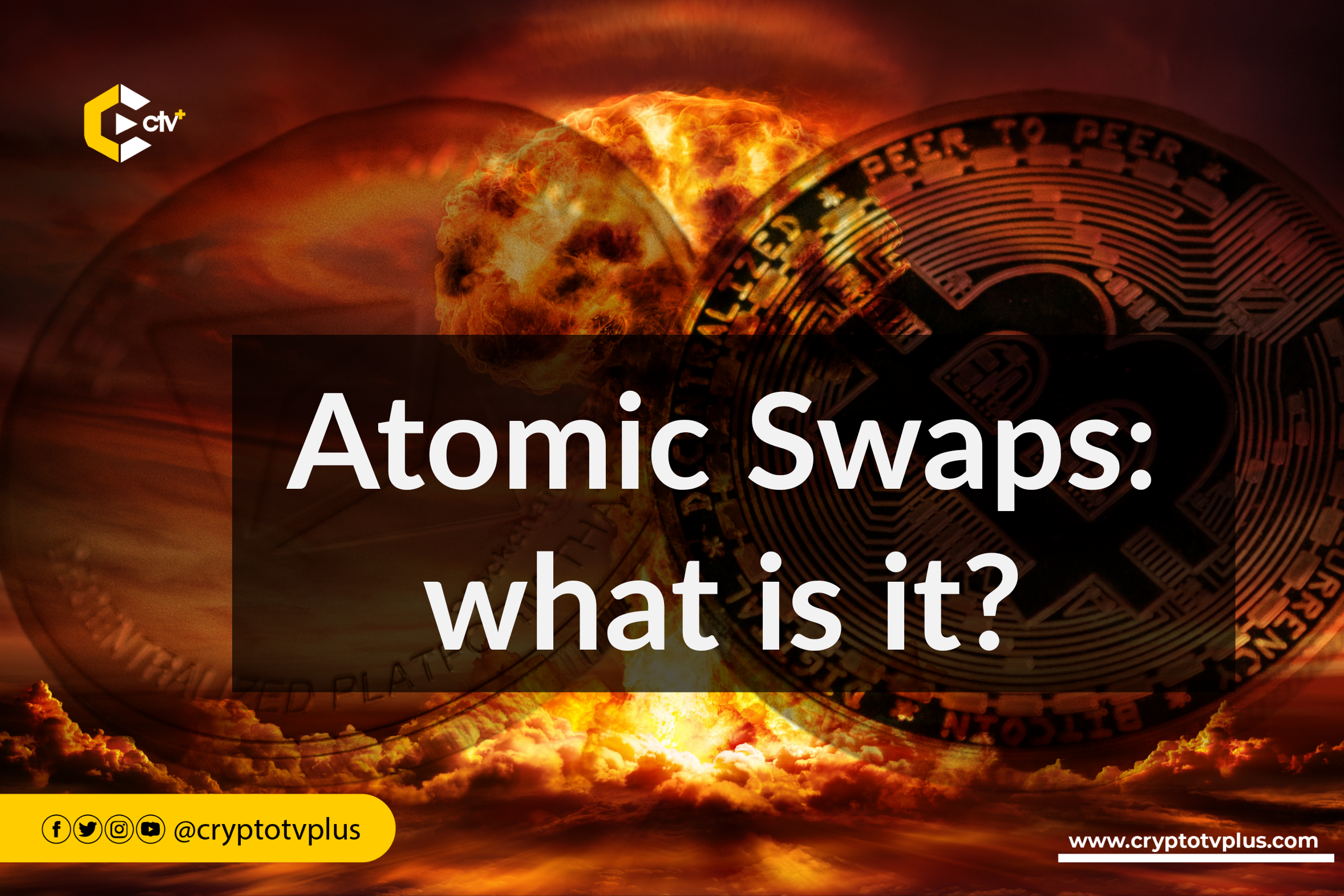Education
Understanding Atomic Swaps

In the ever-evolving landscape of cryptocurrencies, the concept of atomic swaps has emerged as a powerful technique that allows for quick and secure exchanges between different blockchain networks. Atomic swaps, also known as atomic cross-chain trading, leverage smart contracts to enable peer-to-peer trades directly from personal crypto wallets. This article explores the fundamentals of atomic swaps, their historical development, the underlying mechanisms, advantages, limitations, and their potential to revolutionize the cryptocurrency industry.
The Emergence of Atomic Swaps
The idea of cross-chain trading has been a topic of discussion for several years, and the concept of atomic swaps represents a significant breakthrough in this area. Tier Nolan is credited with describing a complete atomic swap protocol in 2013, while Daniel Larimer presented a trustless exchange protocol called P2PTradeX in 2012, which some consider a precursor to atomic swaps. Over time, developers from various cryptocurrency communities, including Bitcoin, Litecoin, Komodo, and Decred, have contributed to the experimentation and development of atomic swap protocols.
Understanding the Mechanics of Atomic Swaps
Atomic swap protocols are designed to ensure that none of the parties involved can cheat or manipulate the exchange. To illustrate how atomic swaps work, let’s consider an example where Alice wants to trade her Ripple token (XRP) for Bob’s Bitcoins (BTC).
1. Alice initiates the swap by depositing her XRP into a contract address, creating a secure “safe.” She generates a key to access this safe and shares only the cryptographic hash of the key with Bob. Bob, however, cannot access the XRP as he only has the hash, not the key itself.
2. Bob then uses the hash provided by Alice to create another contract address, depositing his BTC into a separate safe. For Alice to claim the BTC, she must use the same key, which reveals it to Bob through a function called hashlock. Once Alice claims the BTC, Bob can then claim the XRP, completing the swap.
The term “atomic” refers to the fact that these transactions occur entirely or not at all. If any party fails to fulfil their obligations or gives up during the swap, the contract is automatically cancelled, and the funds are returned to their respective owners.
On-Chain and Off-Chain Atomic Swaps
Atomic swaps can occur through two methods: on-chain and off-chain. On-chain atomic swaps take place directly on the respective blockchains, such as Bitcoin or Litecoin. Off-chain atomic swaps occur on a secondary layer and are typically facilitated by bidirectional payment channels similar to those used in the Lightning Network. Smart contracts utilizing multi-signatures and Hash Timelock Contracts (HTLC) form the basis of most trustless trading systems.
The Role of Hash Timelock Contracts (HTLC)
Hash Timelock Contracts (HTLC) are essential components of atomic swaps. HTLCs rely on two key functions: hashlocks and timelocks. A hashlock ensures that funds cannot be spent unless specific data, such as Alice’s key, is revealed. Timelocks, on the other hand, dictate that the contract can only be executed within a predefined timeframe. HTLCs eliminate the need for trust by establishing a set of rules that ensure atomic swaps execute fully and prevent partial execution.
Advantages of Atomic Swaps
The decentralized nature of atomic swaps brings several advantages to the cryptocurrency ecosystem. By eliminating the need for centralized exchanges or intermediaries, atomic swaps enable direct peer-to-peer trading, enhancing user control and security.
Operational costs are significantly reduced, with minimal or no trading fees involved. Atomic swaps also enable faster transactions and increased interoperability, as altcoins can be directly exchanged without relying on intermediary coins like Bitcoin or Ethereum.
Limitations and Considerations
To perform an atomic swap, cryptocurrencies must share the same hashing algorithm and be compatible with HTLC and other programmable functionalities.
These requirements can limit the widespread adoption of atomic swaps. Additionally, concerns about user privacy arise due to on-chain swaps, which can be tracked and linked through blockchain explorers.
However, ongoing research and development aim to address these challenges, exploring solutions such as the use of digital signatures to enhance privacy in atomic swaps.
Closing thoughts
Centralized exchanges have had their fair share of challenges, such as being vulnerable to hacking, mismanaging funds, dealing with high operational costs, and experiencing inefficiency during peak trading periods. But here’s some good news! Atomic swaps are here to potentially solve these issues.
Imagine a decentralized solution that allows you to securely and trustlessly trade across different chains. That’s exactly what atomic swaps do! They not only increase security measures but also give users more control over their assets and keep their privacy intact within the cryptocurrency world. With atomic swaps, industry players can finally embrace a more secure and user-centric approach to cryptocurrencies.












